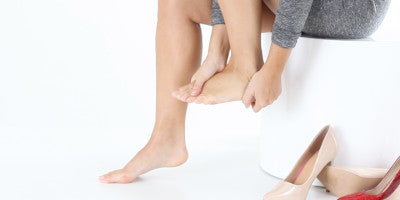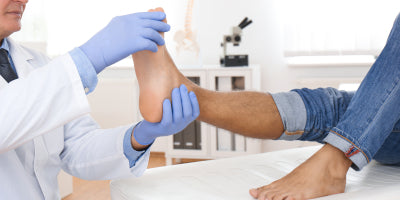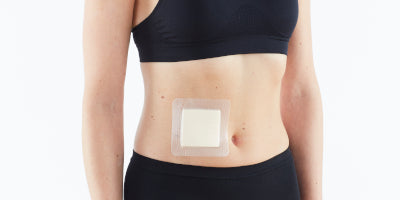Six Myths About Wound Healing
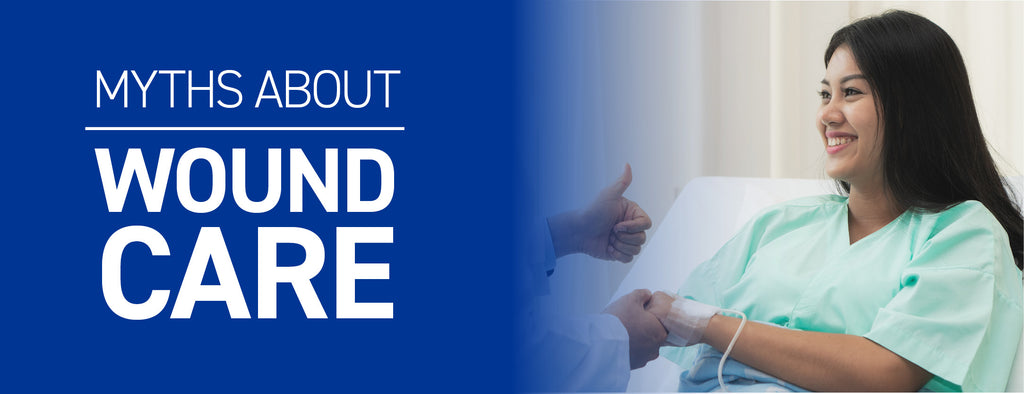
From beer being a treatment for wounds in the 1st century BC, to the ancient Egyptians and Greeks using honey and vinegar respectively, wound care has come a long way as we have learnt more about the natural process of our body’s self-healing capabilities. To fully understand the needs of a wound in healing, we must first understand the four stages of wound healing. Once we know that, we are best placed to give wounds the environments they need to heal and to avoid environments that we may have thought were needed but in fact could do more harm than good.
Four Stages of Wound Healing
Hemostatis Phase
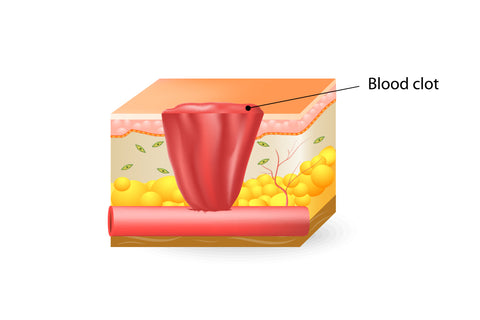
Hemostasis is the process of the wound being closed by clotting. This stage happens very quickly as, within seconds, your blood vessels constrict to restrict the blood flow and platelets of red blood cells stick together in order to seal the break in the wall of the blood vessel. Within about a minute, coagulation occurs and reinforces the platelet plug with threads of fibrin (molecular binding agent).
Inflammatory Phase
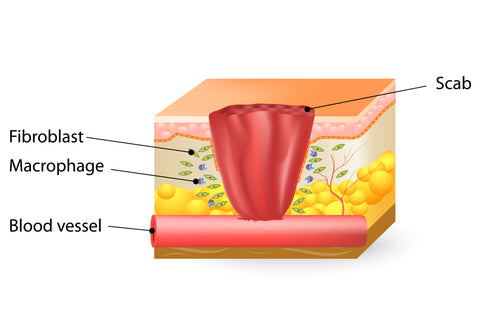
Beginning right after the injury, blood vessels leak transudate (water, salt and protein) which causes localised swelling. Inflammation controls both the bleeding and the prevention of infection and it allows for healing and repair cells to move to the site of the wound while damaged cells, pathogens and bacteria are removed from the wound area. The inflammatory phase often lasts four to six days.
Proliferative Phase
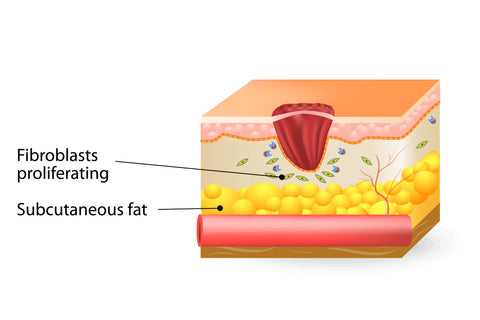
Consisting of three distinct stages, the proliferative phase often lasts anywhere from four to 24 days. Initially, the wound bed is filled with deep red granulation and connective tissue and new blood vessels are formed. Following this stage, the wound margins contract and pull toward the centre of the wound. The final stage of the proliferative stage is to cover the wound. Here, epithelial cells arise from the wound bed or margins and begin to migrate across the wound bed in leapfrog fashion until the wound is covered.
Maturation Phase
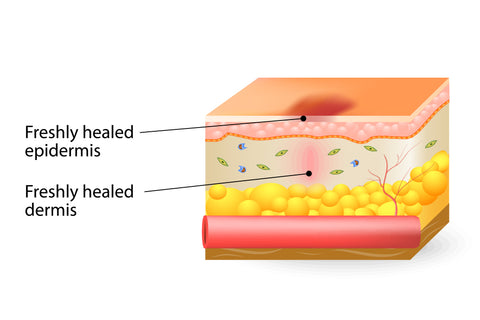
Finally, the maturation phase is when collagen is remodelled from type III to type I and the wound fully closes. Collagen is aligned along tension lines and water is reabsorbed so the collagen fibres can lie closer together and cross-link. Cross-linking of collagen reduces scar thickness and also makes the skin area of the wound stronger. Generally, remodelling begins about 21 days after an injury and can continue for a year or more. Even with cross-linking, healed wound areas continue to be weaker than uninjured skin, generally only having 80% of the tensile strength of unwounded skin.
Now we know how wounds heal, we can now identify certain “old adages” about wound care as myths and can say with certainty how to provide the best environments for healing wounds.
Wound Care Myth 1
Myth: Rubbing Alcohol cleans & disinfects wounds

Fact: Alcohol may do more harm than good. Rubbing alcohol around wounded skin can potentially destroy the normal cells and tissues that typically assist in the wound healing process. Alcohol can cause painful burns when applied on skin.
Wound Care Myth 2
Myth: Keeping the wound open and exposed to air makes it heal better

Fact: An open wound increases the risk of infections and may also increase pain, or be subjected to further injury, as it has no protection from the influence of external elements. Scientific research suggests that a wound that is protected with a dressing and kept clean & moist heals much faster, without complications than wounds that are left exposed to the air.
Wound Care Myth 3
Myth: Development of a scab over the wound is a good sign

Fact: Scabs appears when the wound is allowed to dry up. The scab makes it harder for new skin cells to evolve and cover the wound, especially if the scab is large in size. Scabs can also trap inflammatory tissue and bacteria that can result in infection. If the wound is large in size, it is best to consult a doctor from time to time. Proper wound care will also reduce the chance of leaving a bad scar after the wound has healed.
Wound Care Myth 4
Myth: Wound Dressings are a possible breeding ground for germs
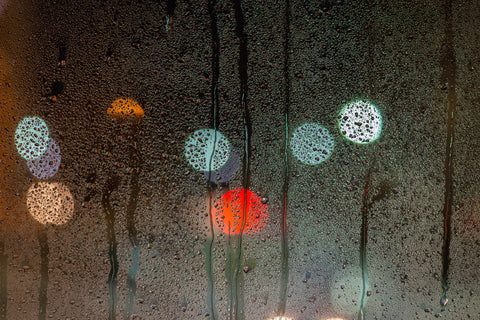
Fact: It is a myth that germs and bacteria are comfortable under a wound dressing. It is quite contrary to the fact. Using the right wound dressing to cover up a wound which has previously been cleaned and disinfected protects wound from possible infections.
Wound Care Myth 5
Myth: Antibiotics are a must for wound treatment
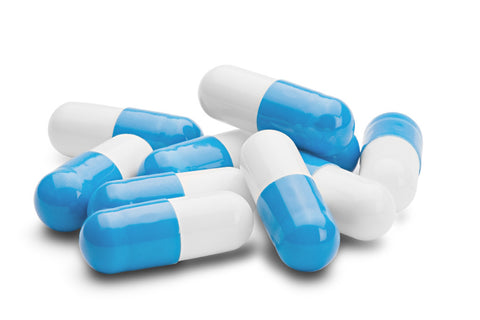
Fact: Antibiotics should only be taken when there is an infection, or when the wound shows no signs of healing even after a week. Overuse or inadvertent use of antibiotics can render them ineffective against bacterial resistance and hamper the natural healing process by the immune system of our body. Antibiotics should only be taken as advised by a medical practitioner.
Wound Care Myth 6
Myth: All wound dressings are similar and interchangeable

Fact: To the naked eye, all wound dressing seems somewhat similar in nature. There are different wound dressings with a varying benefit for each wound type.
What do these myths tell us?

Moist wounds heal 2-3 times faster than dry wounds. A moist wound environment facilitates all four phases of wound healing; specifically, it decreases the intensity and length of the inflammatory phase, speeds the proliferative phase. Cell growth thrives on moist conditions and in order for your wound to form new skin tissue, new cells need to form. The principle aim of moist wound therapy is to create and maintain those optimal moist conditions for your skin to renew itself.
Under moist wound healing conditions, the formation of a crusty scab is prevented. This is because moist wound healing promotes growth and migration of new cells and ensures that essential proteins for closing your wound stay where they belong in order to do their repair job.
Wounds that are left to dry in air will always create scabs, which make it hard for a wound to close itself, as under these dry conditions new skin tissue will have a tough time forming. What many do not know: a scab is not a sign of healthy healing, it is actually keeping skin from healing and becoming flawless again.
It’s not just fantastical superheroes that have healing factors, our bodies are also capable of healing themselves with astounding results. We can help our bodies do this by recognising wound care myths and by providing what is actually the optimal environment for wounds to heal.
For all your advanced woundcare needs, explore our Opti-Heal range.





